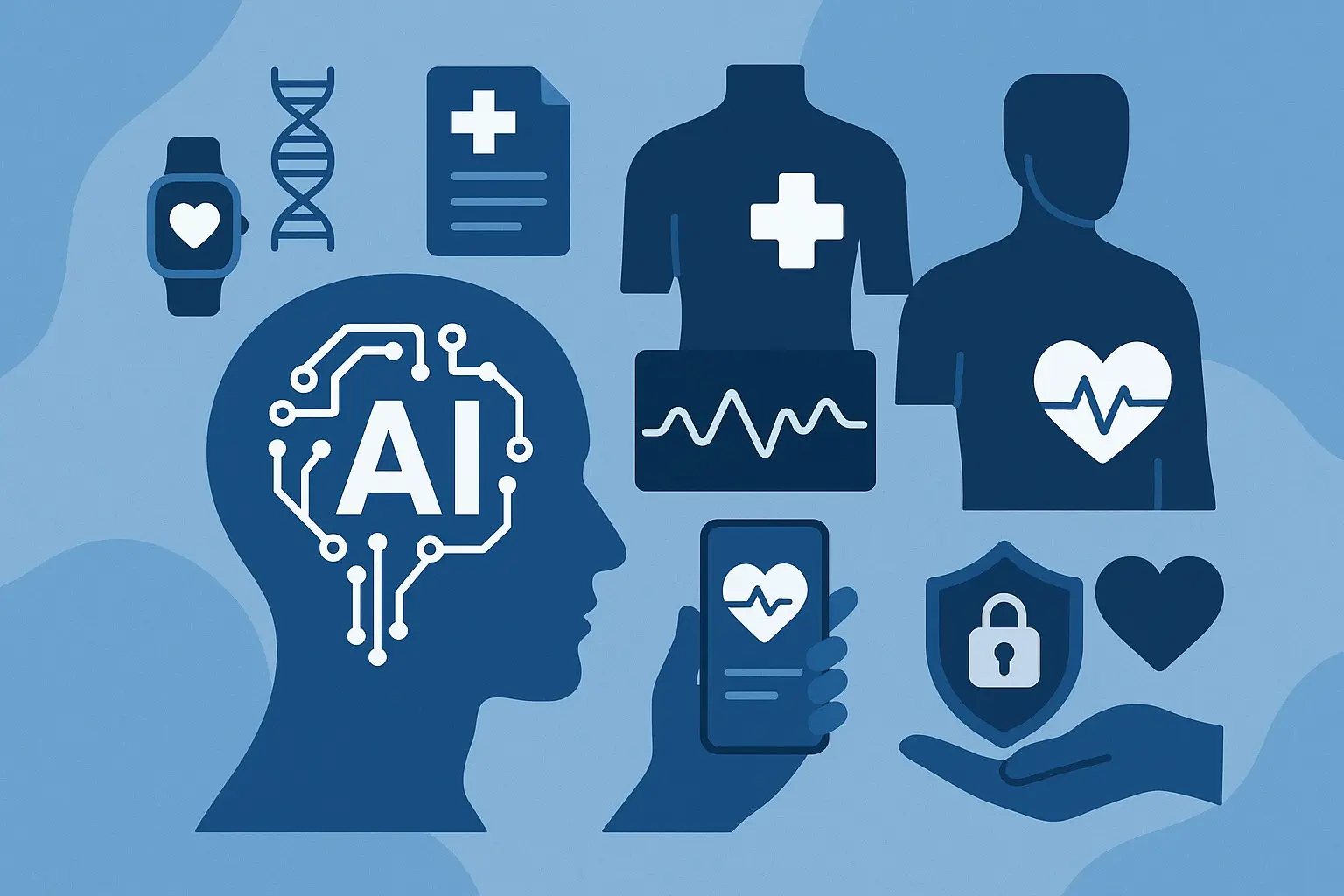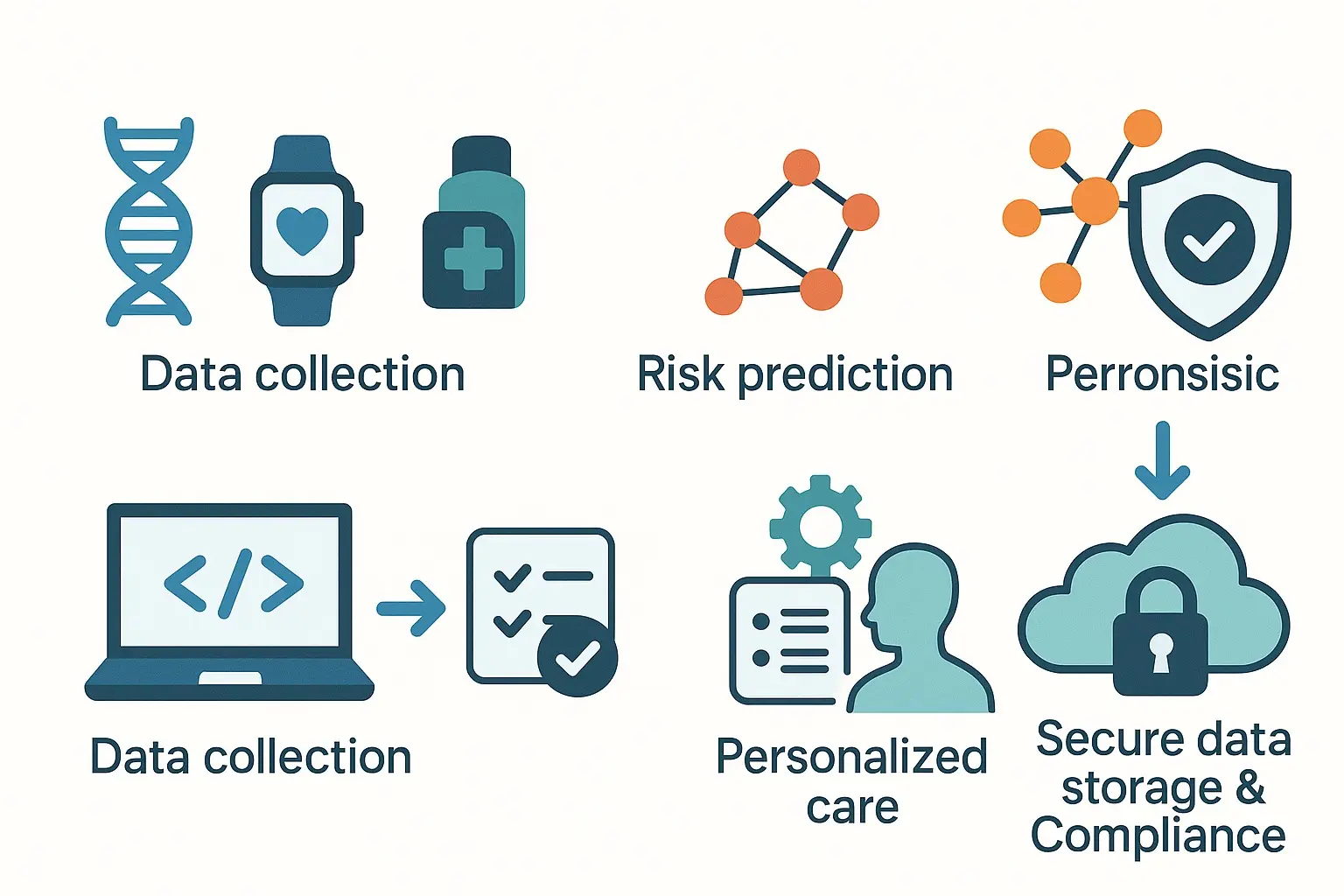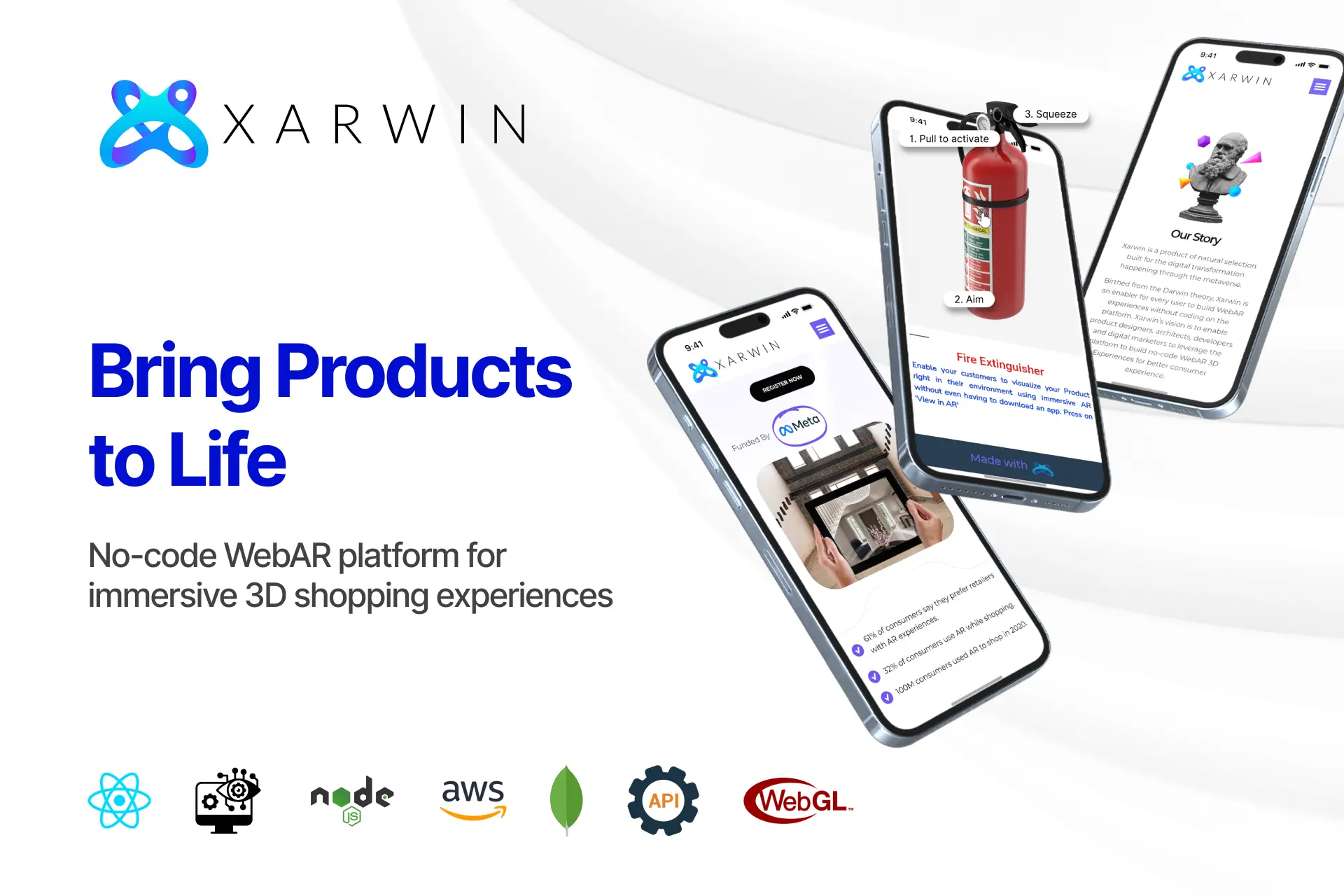Table of Contents
Introduction
While AI is now prevailing and emerging in all corners of the world, all we ever wonder is how and why the sudden boom?. The answer to this is simple- “AI is now making the human fantasies regarding technology actually happen”. Although adoption of AI in different professions sounds convincing, does AI in healthcare sound a bit dangerous? The discernable efficient results and effective process has now made the people gain humongous trust in AI.
Why the Sudden Boom of AI in Healthcare?

The reason for adoption of AI is the result of sudden increase in healthcare data. The need to manage huge and varied data and also efficiently analyze the same, stands as a valid reason behind the boom. Was it worth the shot? Definitely yes! Was AI usage restricted only to managing and analyzing data? No!. It has made its entrance in all sectors of healthcare like,
- Digital health innovation
- Faster diagnosis and treatment
- To make advancements in machine learning algorithms
Why Choose Nyx Wolves?
Nyx Wolves, being a provider of AI solutions and consultancy, has delivered prominent solutions to the healthcare industry in the field of research and many more. Nyx Wolves has made its stand in many startups, early startups to multi million enterprises across the globe. The prominent reason for this is the methodology that Nyx Wolves adopt with each project. It is structured and executed by our team systematically, hence gaining the trust factor of numerous founders and billion dollar enterprises.
What ‘extra’ ordinary Can Nyx Wolves Do in Healthcare?
It is clearly discernible that AI has reduced the manual and laborious work process, inclusive of other advancements. So is that all? Slowly AI is making its entrance into unthinkable. Here’s that ‘extra’ordinary that Nyx Wolves can do explained with the description of each step with the tech stack used.
Preventive Care With AI:
With AI, doctors can now customize wellness plans after carefully analyzing the patient’s lifestyle, DNA, surroundings and medical history. Also, personalized preventive care has made detection of future health risks of the patient possible at a very early stage. Here are the steps involved in building an AI model that has an ability to give preventive care to patients.
Steps involved to build a Preventive care AI Model:
Step 1- Collection of data
Firstly, the health related data is collected from various entities like genomic data, IoT devices, lifestyle, surroundings, and electronic health records.
Step 2- Preprocessing the data and normalizing
Leveraging the tech stacks like Python (Pandas, NumPy), NLP tools, image preprocessing models, we proceed to remove noise or missing values, format the unstructured data and normalize values across time and sources for consistency.
Step 3- Predict risks
Leveraging machine learning (XGBoost for supervised learning and deep learning for genomic analysis) to predict any possible risks ahead. The potential risks might involve, cancer, diabetes, heart diseases, etc
Step 4- Personalized care
With the procured data, AI generates suggestion for diet, lifestyle, supplements and preventive screening, leveraging AI recommendation systems, rule-based + adaptive systems.
Step 5- Monitoring
AI monitors the real time data to detect anomalies, adjusting recommendations in accordance to any changes, and sends alerts in the needed time to the physicians using tech stacks like Edge computing, integration and reinforcement learning.
Step 6- Secure data storage and Compliance
With techstack like encrypted cloud storage (AWS, Azure), blockchain for auditable access logs, all data is stored securely and in compliance with regulations like HIPAA (US), GDPR (EU), and NDHM.

Mental Health AI Companions
Mental Health AI Companions are emotionally intelligent systems or digital personas designed to provide emotional support for mental well-being. Using real time interaction analysis, AI models can engage in empathetic conversation, detect early signs of depression, anxiety, etc.
Using natural language processing (NLP), sentiment analysis, voice modulation detection, and behavioral trend analysis, they deliver personalized coping strategies, suggest interventions, and alert healthcare professionals if necessary.
There has been a recent article on Therabot, that has explained how far AI’s intervention into healthcare has escalated the success rate. Knowing about the process involved and the stacks that are used hand in hand for the process can give a clarity in minds.
Steps involved:
Step 1- Data Collection
Leveraging tech stack like Chat APIs, Camera APIs and Speech to text, the AI companion collects data from various channels like text conversation and voice interaction.
Step 2- Detection of emotion
NLP, Speech analysis and facial emotional recognition is used to collect even the intricate data through the patient’s tone and speed at which he utters words.
Step 3- Personalize remedies
After the assessments, AI models give proper and personalized remedies, adjust its tone to be more supportive and even alerts the doctors if things get out of hand. LLM and RLHF are used for better empathized responses.

Step 4- Adaptive learning
The AI model has the capacity to continuously learn on proper inputs. So, the responses can be fine tuned. For making this possible, Online Learning Models, Reinforcement Learning, Personalization APIs are used.
Step 5- Data Privacy
The user conversations are governed by strict policies. Leveraging data encryption, GDPR and explainable AI libraries, the decision made by AI is completely transparent and hence trustworthy.
Conclusion:
AI’s intervention in digital healthcare transformation and AI diagnostics has contributed to an efficient and exact way of treatment promoting reduced human intervention and hence reduced mistakes as well. Nyx Wolves and its strategic progress lets you enjoy the realistic and yet efficient results. To know more on our strategic methodology, visit Nyx Wolves page and contact us to escalate your business with AI.








